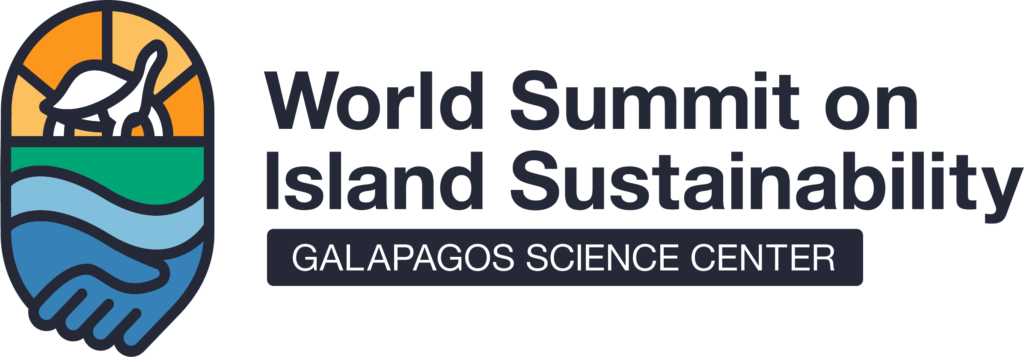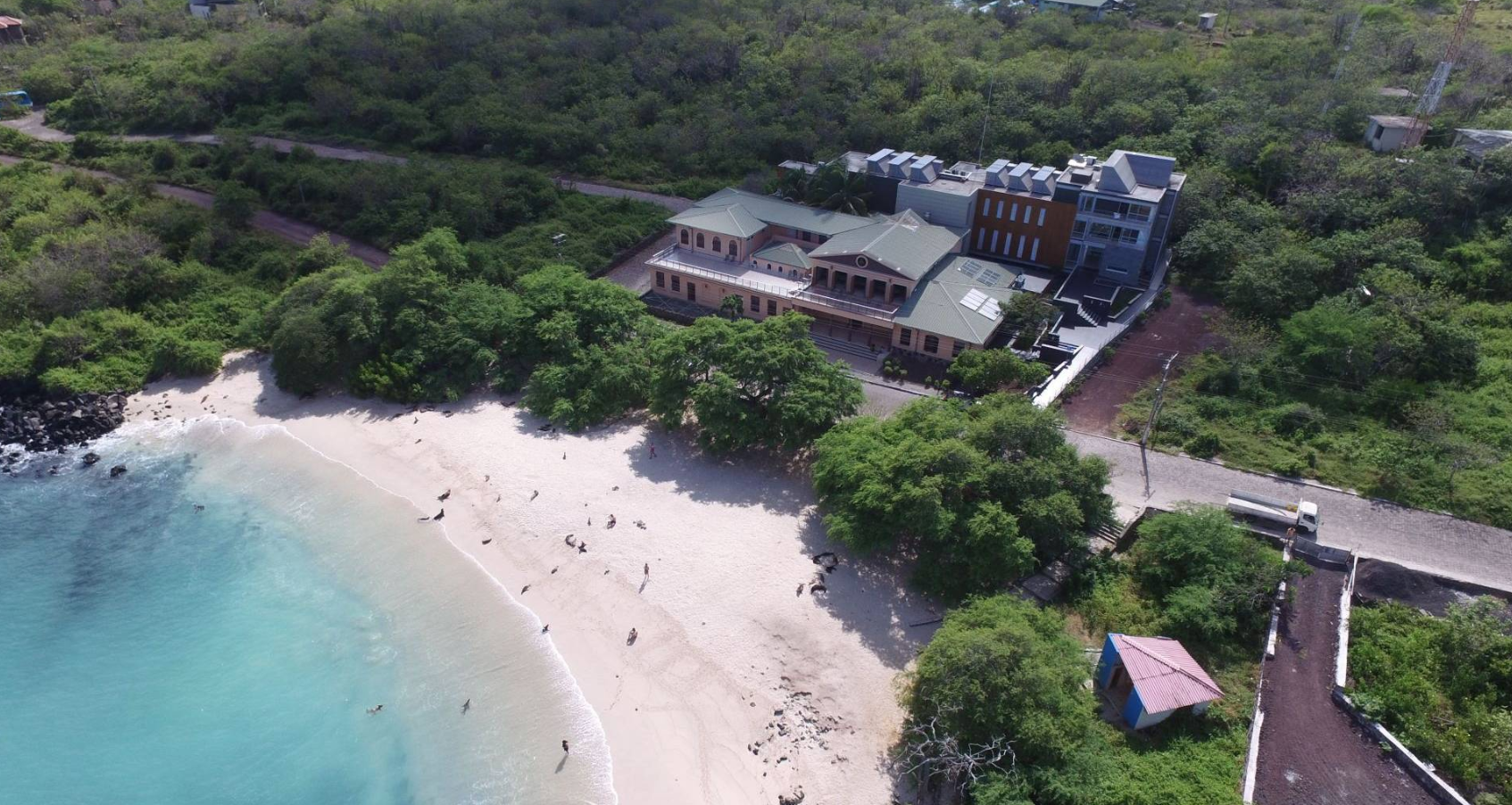Explorando el estrés y la morfología en dos especies de aves canoras en hábitats urbanos, agrícolas y naturales de la isla San Cristóbal, Galápagos
En este estudio se analizó cómo los cambios en el uso del suelo afectan a dos especies de aves de Galápagos: el pinzón terrestre pequeño (Geospiza fuliginosa) y la reinita de manglar (Setophaga petechia aureola). El objetivo fue comprender si las alteraciones en el hábitat, causadas por la urbanización y la agricultura en islas pobladas por humanos, influyen en su tamaño, peso y niveles de la hormona denominada corticosterona, que está relacionada con el estrés.


